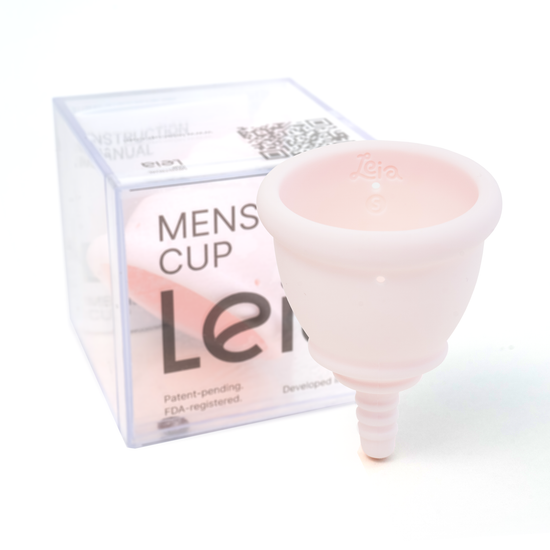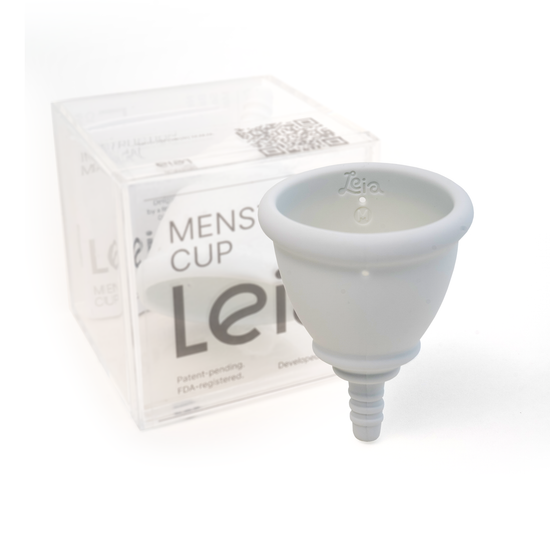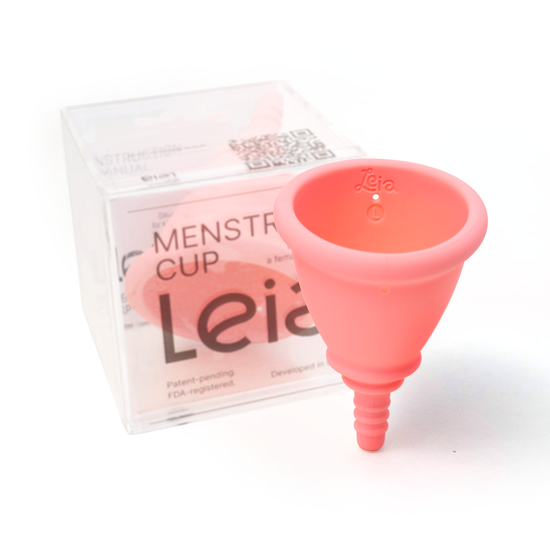
Unlock Women's Health: Understanding and Addressing Weak Pelvic Floor Muscle
Pelvic floor muscles play an essential role in a woman's health, but unfortunately, many women experience dysfunction of these muscles without even knowing it. According to international data, around 50% of women of reproductive age have signs of pelvic floor muscle dysfunction, and by 40-49 years old, this percentage increases to 72%. In this blog post, we will discuss the signs of weak pelvic floor muscles and offer solutions to improve your quality of life.
Here are some common signs of weak pelvic floor muscles to look out for:
- Frequent urination and urinary incontinence: Difficulty holding your urine or sudden urges to urinate frequently can be signs of weak pelvic floor muscles.
- Decreased libido or painful sexual intercourse: A weak pelvic floor can cause discomfort during intercourse, which can lead to a decreased libido and even pain and discomfort for both partners.
- Visible vaginal opening and air in the vagina: A weakened pelvic floor can cause the vaginal opening to appear loose or open, leading to air entering the vagina.
- Frequent inflammatory conditions: Frequent yeast or bacterial infections in the pelvic area may also be a sign of weak pelvic floor muscles.
- Constipation and bowel problems: Weak pelvic floor muscles can affect bowel function, which can lead to constipation, discomfort, and other bowel problems.
If you experience any of the above symptoms, it's important to speak to a healthcare provider for an accurate diagnosis. In many cases, physical therapy and pelvic floor exercises can help strengthen the muscles in the pelvic floor and alleviate these symptoms. Regular exercise and activity can also help support and improve the function of your pelvic floor muscles.
In addition to medical treatments, there are other ways to mitigate pelvic floor dysfunction. For example, Leia menstrual cups can help you manage menstrual flow and provide additional support to your pelvic floor muscles due to their anatomical design. While it is not a replacement for medical treatment, Leia can help ease discomfort and increase comfort during menstrual cycle.
Strong pelvic floor muscles are essential for women's health, and it's imperative to recognize symptoms of weak pelvic floor muscles to address them promptly. If you experience any of the symptoms discussed in this post, speak to a healthcare provider and explore different treatment options to improve your quality of life. From physical therapy and exercises to menstrual cups, there are various ways to manage pelvic floor dysfunction effectively.



